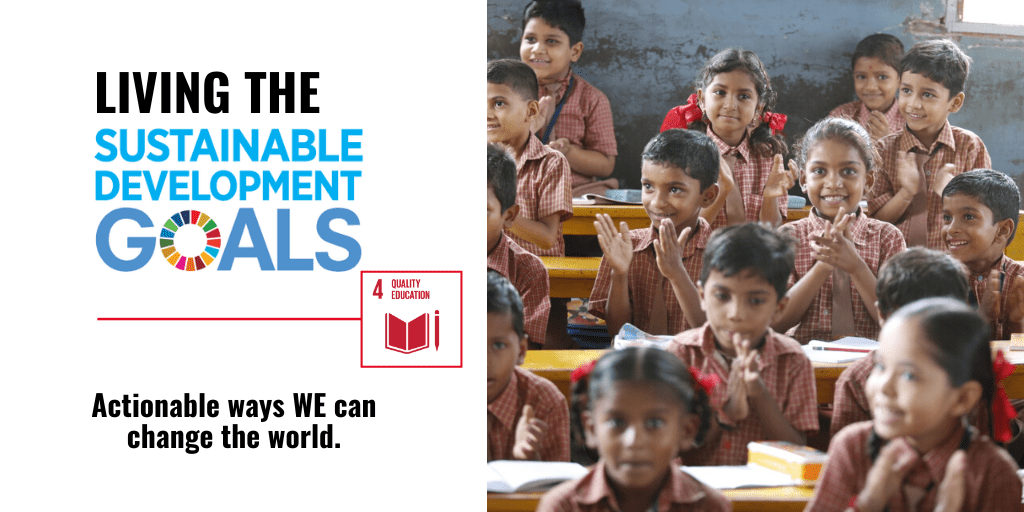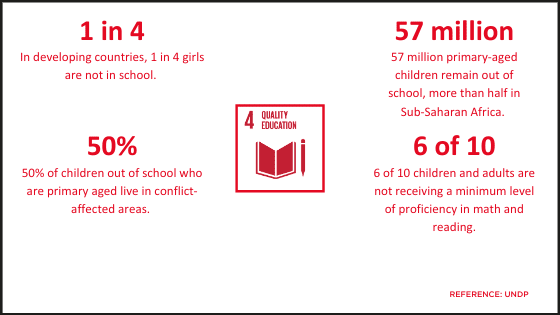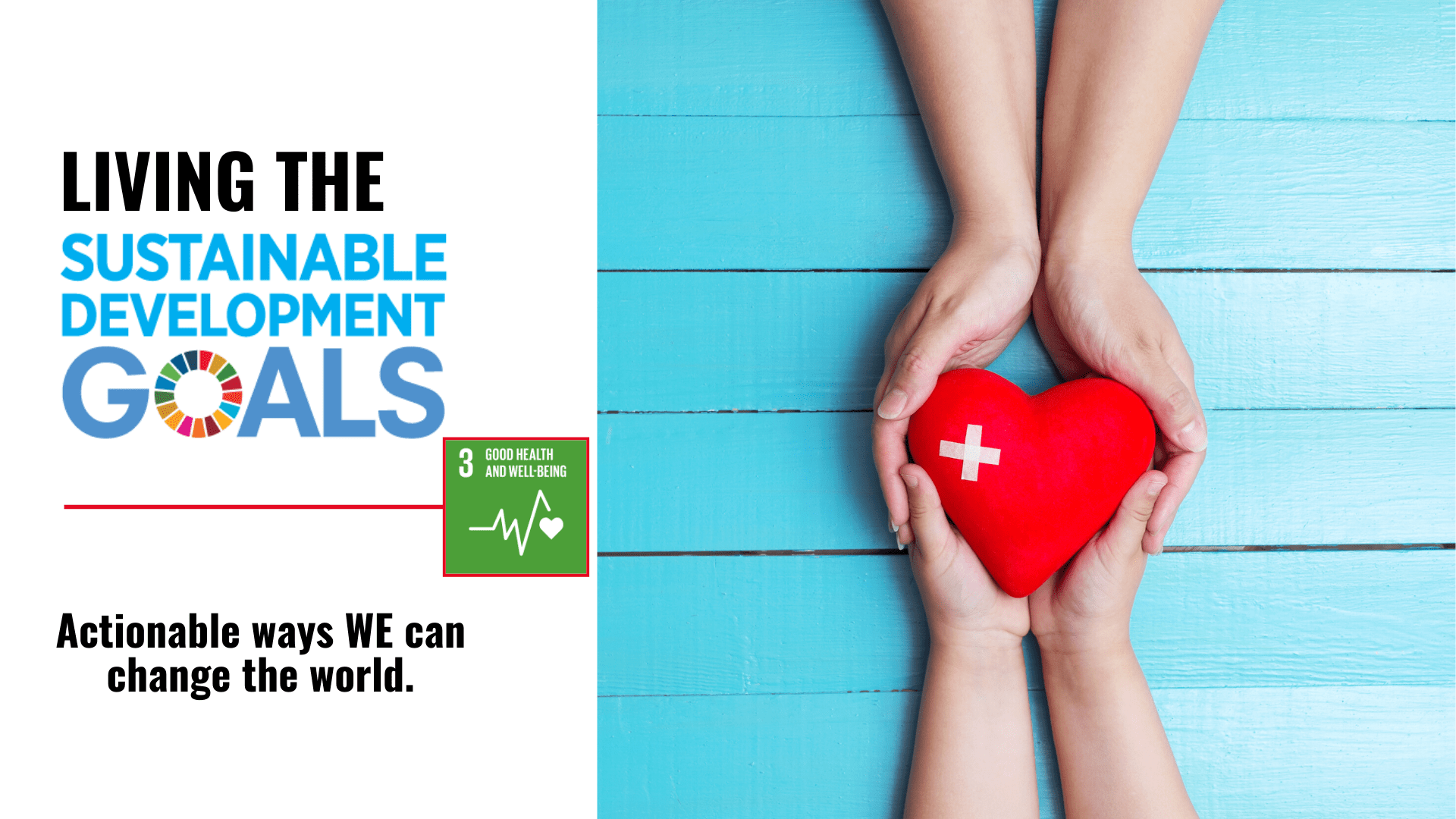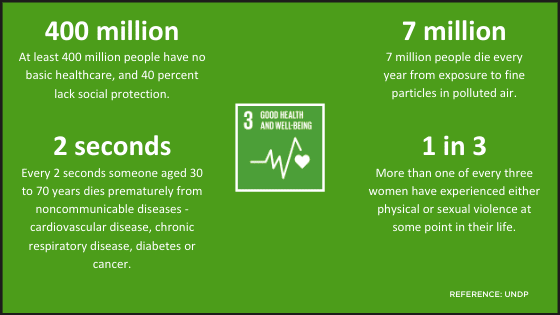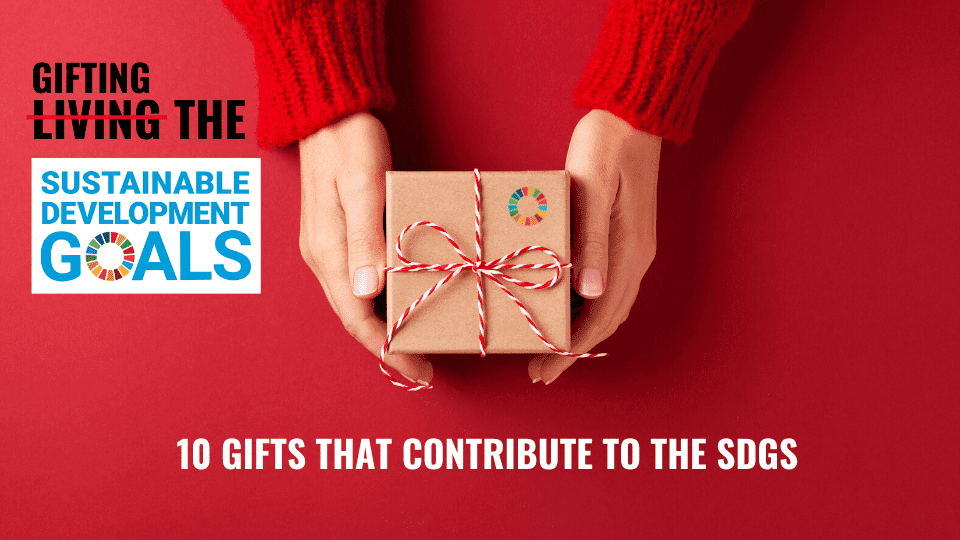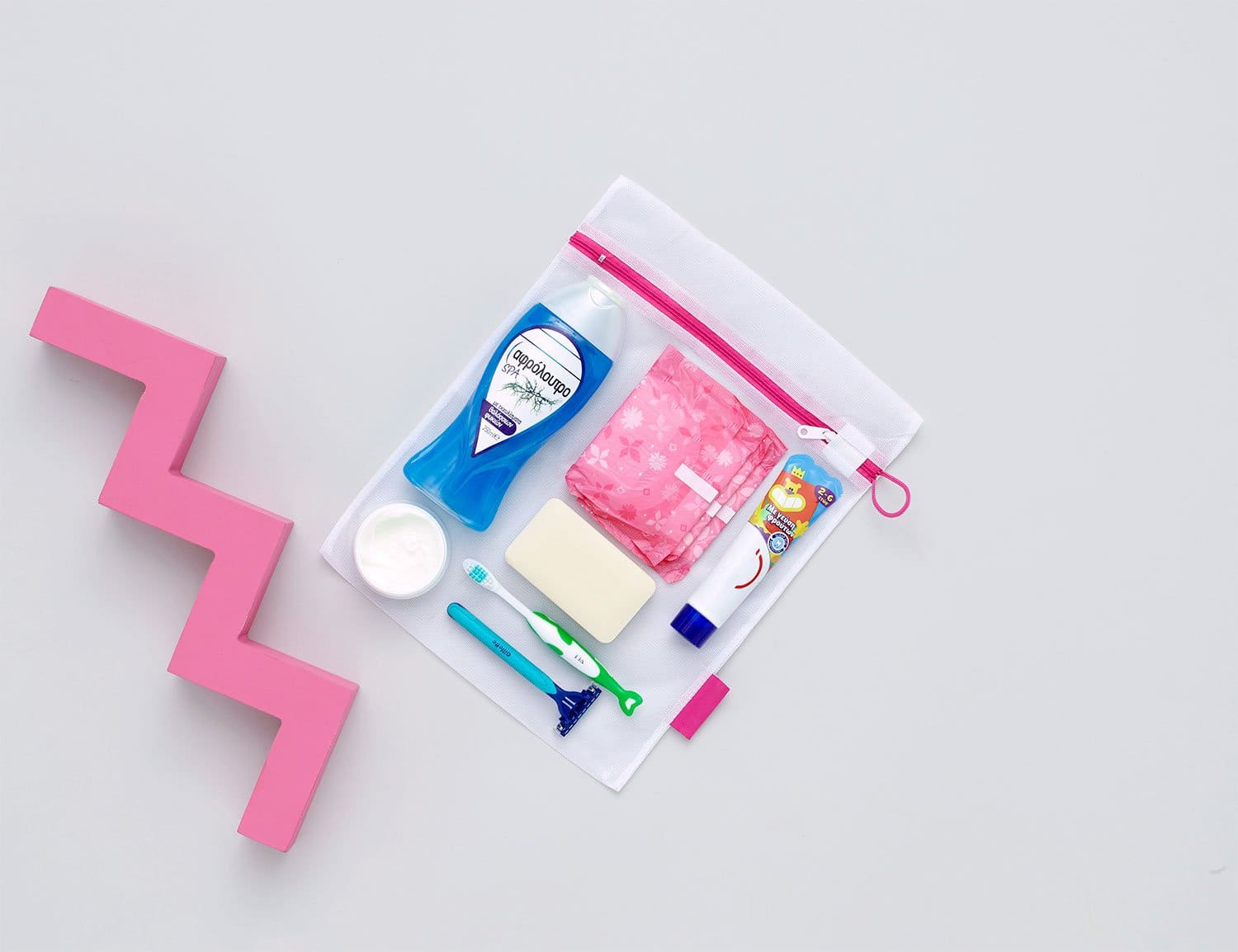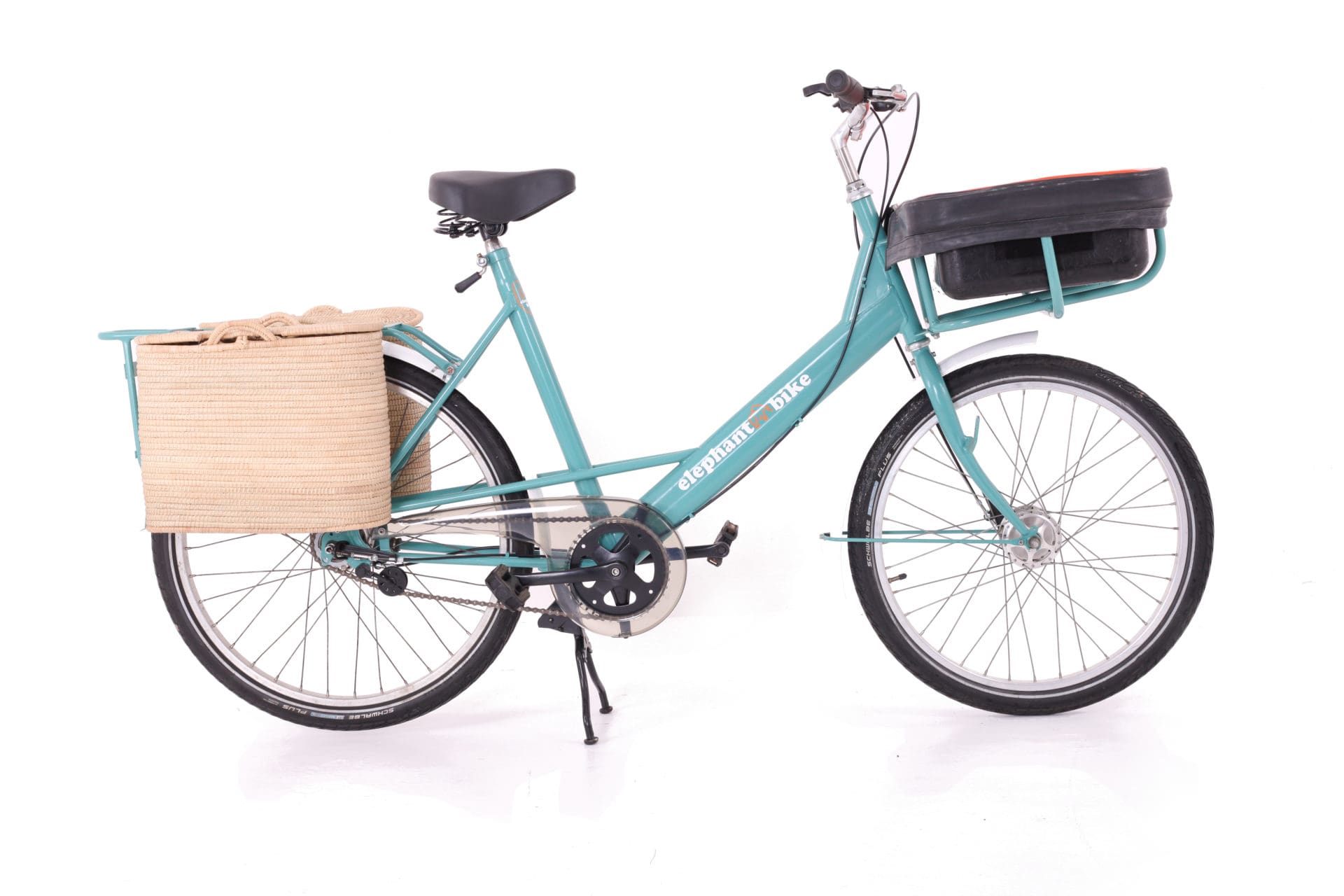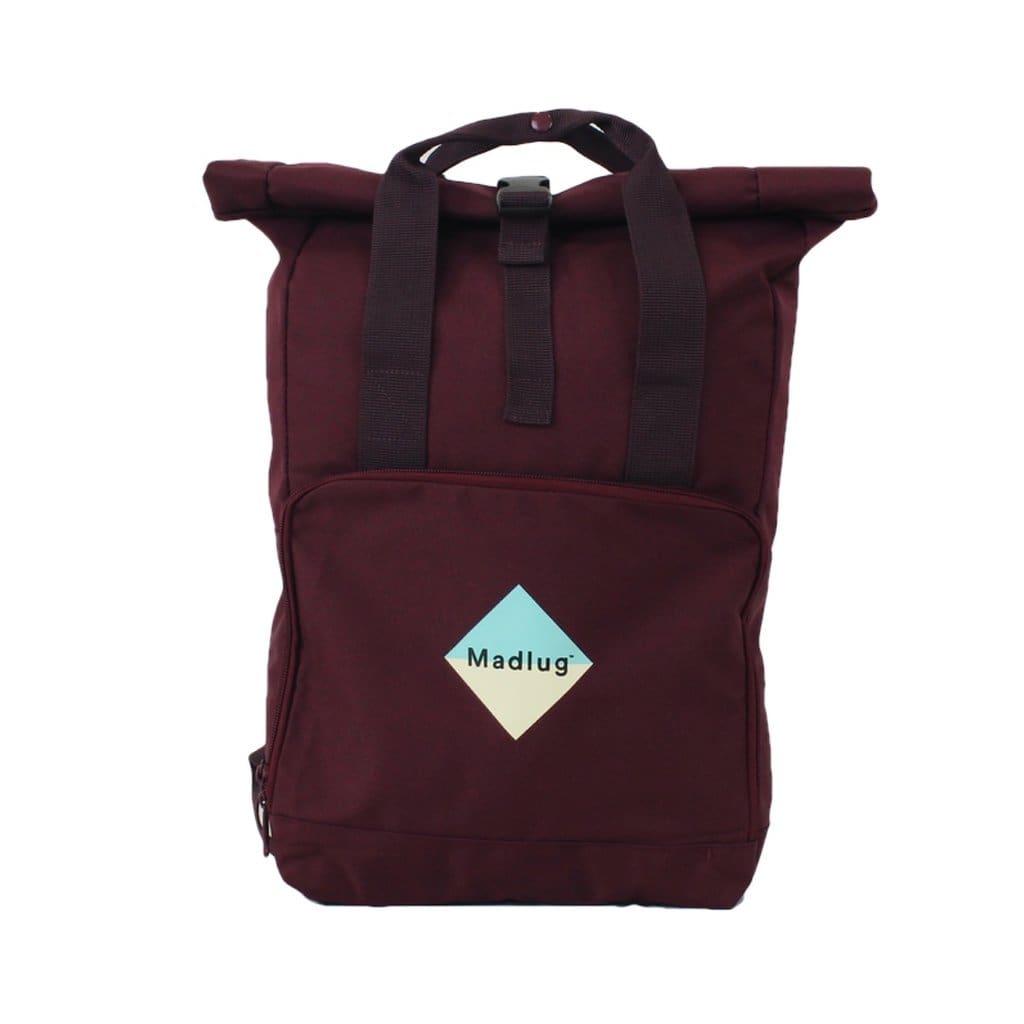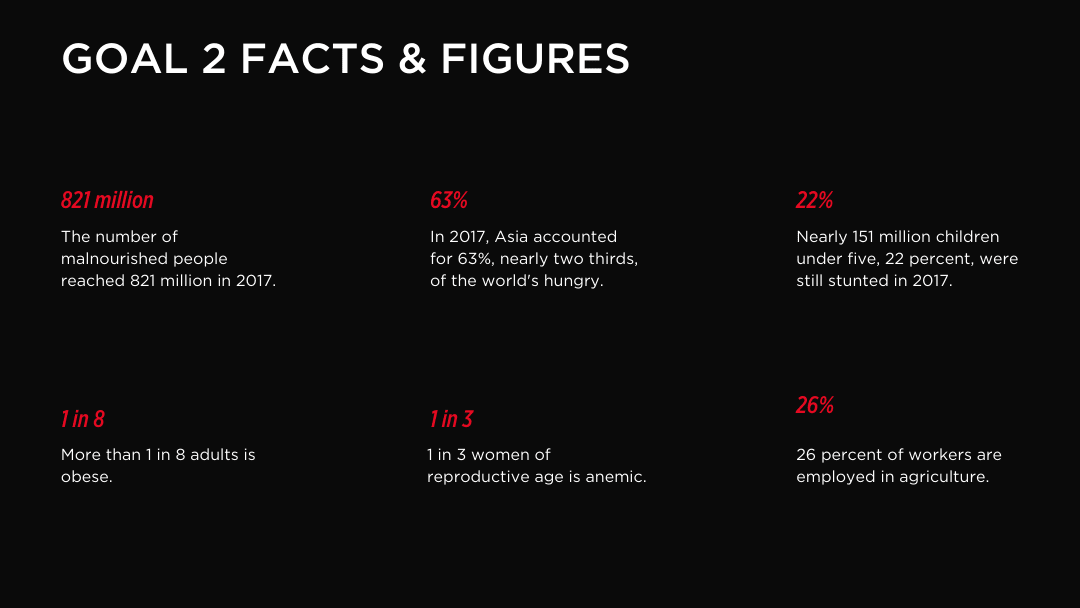The SDGs in the Coronavirus Era: Do they still matter?
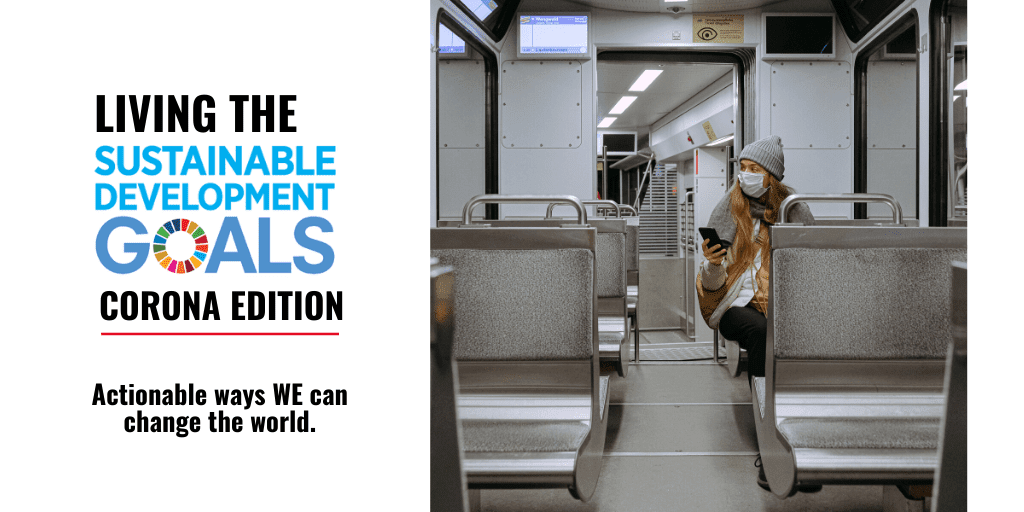
What a start to 2020 it has been. When I wrote January’s post on SDG 3: Good-Health and Well Being, a mere 100 days ago, my latest article in AM&A‘s series on LIVING THE SDGs, I never would have imagined that just three months later we’d all be dealing with the largest global crisis since World War II. COVID19 is 2020.
For AM&A, the world’s shared pandemic has magnified just why we do what we do – working with leaders around the world to help them ensure they are having a positive, meaningful impact….especially in times of crisis .
As a consultancy firm working in tourism & development, many of our clients, friends and colleagues are facing unprecedented challenges and uncertainties at the moment. Over and above the very real health crisis there is the economic crisis. Together these are unleashing fears of a mental health crisis – people frightened as they face unemployment, bankruptcy, illness, shouldering responsibilities too heavy to bear. Day in, day out, a sometimes overwhelming emotional stimulus of bad news and heartbreak. This is where AM&A has, without hesitation, stepped up to be a sponge for the anxieties of others, and a ‘behind the velvet curtain’ partner to help others find the eye of the storm, feel safe, and focus forward.
I take immense pride in the work we do at AM&A, but also in the people with whom I’m able to work. the AM&A team is compassionate, hopeful, forgiving – qualities that can be difficult to come by, particularly in times like these. The AM&A mentality keeps me grounded, focused, thankful, and prepared for whatever we need to tackle in the day ahead. It can be hard, it hurts, but we are in if the for long run. It is a duty we embrace.
For myself, life since COVID-19 has become more… complicated. My kids are out of school, my husband is working at home, and I still have a full-time job to fit in around the new daily chaos. To be honest, I feel stretched in multiple directions, all day long. Guilt and feelings of inadequacy seem to be trending words for parents at the moment, so I at least know I’m not alone. But it’s hard. I’m doing my best, but also not doing enough, and that just has to be okay right now. So many people have it much harder at the moment, and despite the growing greys on my head, I know we’ll get through this.
This post was originally planned to focus on SDG 5: Gender Equality. I had done my preliminary research and was writing the piece. But then COVID-19 hit, and really began to take a toll on the world.
While updating the team on my progress on the original article, Anita challenged me as to why I was still doing the piece. She was meaning to provoke: “With COVID19 as a global priority, do the Sustainable Development Goals still matter?”
So many people were questioning if COVID19 allowed space, logic, for the SDGs to be a priority. Every time I got a little further in my response, the crisis seemed to escalate two-fold, the impact more devastating. But in this, the answer became more and more clear.
Anita (Anita Mendiratta, the head and AM in AM&A) knew exactly why she was asking me this question. The answer had to be YES – SDGs still matter, even more now actually. But people needed to really ‘get’ why.
These are my thoughts…
Our Shared COVID19 World
The world changed overnight. Yesterday we were laughing with friends at the pub. Celebrating birthdays, weddings, meeting with colleagues and opening up our minds at the annual conference. Yesterday we were attending sports games, cheering on our favourite players, celebrating big wins and commiserating heartbreaking losses. Yesterday we were having date nights at the theatre, dining out at our favourite restaurant, and shopping at our local mall. Yesterday the kids were in school, the baby was at nursery, and we worked our 9-5 with limited distractions.
Yesterday our grandparents were well, our GP and hospitals were there when we needed them, and we didn’t worry about giving out big hugs. Yesterday we were counting down to our next holiday, jumping on the train to work, pricing flights for a last-minute weekend break. Yesterday we had job security, positive forecasts, unlimited growth. The world changed overnight, and today we live in a new reality.
Today we stay home, to keep our neighbors safe. We send emoji hugs and hearts to our friends and family facing incredibly challenging circumstances. We watch as our communities band together, motivated to help the vulnerable and lift spirits. Today we plan virtual coffee dates, game nights, and drink with friends – keeping our social needs fulfilled, regardless of physical limitations.
Today we look to those key workers, keeping our society moving and safe, with newfound admiration and respect. The teachers navigating virtual classrooms, the health care workers healing the sick, the grocery store workers keeping shelves full of food, and the police officers ensuring that our country is safe and secure. Today may be a different world than yesterday, but it is also full of hope.
In this time of growing uncertainty, is it still imperative that we focus on sustainable development? Should we take a pause, or do we continue to do our part to achieve the SDGs by 2030?
There is no doubt that the mission today seems more difficult: inequalities, poverty, and hunger have become more visible, no matter where in the world we live. But in this, there is opportunity, perhaps more than ever. A reset button for the global society to identify, plan, and begin recovery with sustainable development at its heart.

Why the SDGs Matter NOW
Has there ever been a word as misunderstood as ‘sustainability’? I know many people who still think of recycling or green initiatives when they hear the term, probably an unintended consequence of lumping sustainability in with anything eco-positive.
But in these difficult times, I think sustainability has become more clear, more tangible, than ever. Over the last month we’ve watched as the things we take for granted have become dismantled, the effect far-reaching. Suddenly our food, health, economic, and industrial systems have been laid bare. Basic resources have become more precious. Parts of our society, people of our society, who we never took a second glance at, have become integral pieces for moving forward. For surviving. For healing.
Some of these issues have been more psychological than absolute, but if you’ve been in any area of the world affected by COVID-19, you’ll know exactly what I’m talking about. A sustainable society has good health, equality across socio-economic groups and genders, no poverty, decent work and economic growth. These are all Sustainable Development Goals but they are also all major issues we are currently dealing with as a global society in ways that we weren’t yesterday.
Now that the majority of us find ourselves living in a new reality of self-isolation – the social, cultural, and economic sides of sustainability are teaching us a lesson. It is ALL important. When any piece, any SDG, is missing – our society can no longer function in a sustainable way.
We must take this time to identify the gaps, regroup, reconnect, and look at ways that when recovery comes – we are ready to lead with the Sustainable Development Goals at the helm.

COVID-19 is Highlighting the Issues
As many countries enter lock-down, or have been dealing with the new reality for weeks already, something has really struck me. Friends are discussing the latest Netflix binge on social media or asking for book recommendations, neighbors are stocking up on enough food to realistically last them months, and I’ve been complaining (and feeling absolutely exhausted) because I need to juggle my two children at home with work and keeping the house in a livable state. I’m not discounting the real problems we have, there are many serious concerns for all people in the world at the moment, but for those of us able to work through them at home with virtual meetings, the latest salacious Netflix documentary, and all the carbs we can digest – we are truly blessed.
I’ve been listening to some fascinating stories on NPR (National Public Radio) this week covering India’s lock-down and quarantine measures throughout Africa and how it is affecting citizens in these countries. It was a lightbulb moment for me. Not because I learned something new necessarily, but because it confirmed to me why the SDGs matter even more today than they did yesterday.
For those already living in poverty, they are now faced with food shortages, unemployment, and fines or even beatings for being on the streets – a problem when you have no safe place to go to. Children who only get a meal when they go to school, are now home with parents who have no idea how they’ll feed them. Healthcare systems that were already suffering with a lack of trained professionals, unsanitary conditions, and ill-equipped facilities are now faced with a pandemic of unknown trajectory, severity and cure.
When we discussed Goal 1: No Poverty, Goal 2: Zero Hunger, Goal 3, Good Health and Well-Being and Goal 4: Quality Education, we looked at many areas of the world where these issues are literally life and death barriers. Now, we see them recognisable in our own communities, but for those who were struggling before – the situation is now dire.
The clock on reaching the Sustainable Development Goals by 2030 is still ticking. We may have been put on a pause, but we need to be ready when the world opens up once again. We can’t waste time.
But for individuals, like you and me, how can we continue to change the world when we can’t even leave our homes? I decided to take a look at my own social network and see what they are doing to help. I hope these ideas inspire you to do something similar in your community, or spark an idea for a project of your own. Technology is at our fingertips, our communities are waiting in our local Facebook groups, help is needed and we can work together for tomorrow. I hope you’ll join us.
Five Ways Individuals Can Change the World: Coronavirus Edition
1. Follow WHO and Government Guidance
If you’ve been ordered to self-isolate, if you have underlying health conditions or family members in your household who are vulnerable, stay home. Goal 3: Good Health and Well-Being should be a priority for each one of us at the moment. By following official advice, not only do you stay healthy, but you protect the health of others in your community. This is by far the most important way you can help the world at the moment. If you risk your own health, you can’t help others. First-responder 101.
(AM&A put together a handy infographic on COVID-19 and what you should know, including the most useful resources for getting up-to-date information. While so much has changed with COVID19, some basic principles remain the same. You can find the full infographic here.)
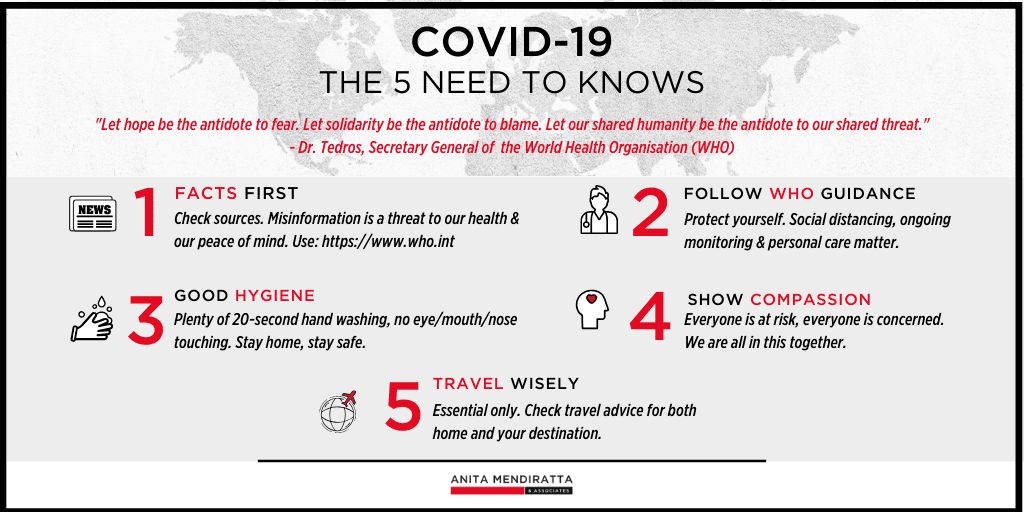
2. Find Creative Ways to Use Your Talents
I’ve been in total awe of friends, family, and community members who have taken their talents or hobbies and put them to use in ingenious ways. From sewing masks for grocery store workers to crafting scrubs for local nurses, you may be able to make a difference in a big way using skills you already have.
Sewing is just an example, of course. I have a friend who is offering free social media audits to local businesses and a former classmate who has offered legal advice for local employers to help them retain employees through the crisis.
Not only will the recipients be extremely grateful, but it can also be a great way to pass the time if you are in an area that is requiring non-essential residents to stay home.
The masks below are a great example, made by the mother (who I adore) of a dear friend in their home state of New York.
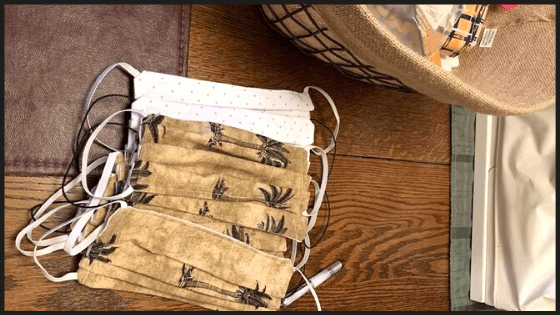
3. Help the Vulnerable
For those of us without underlying conditions or living with vulnerable people in our household, there is a great need to get essential supplies to those unable to do so for themselves. In the UK, there was a nation-wide call for volunteers, 750,000 have already responded to help the efforts. But before the government started officially pooling together human resource, communities across the UK began creating Coronavirus response groups.
In times like these, it is amazing to see that for many the natural response is to ask, how can I help? Probability is high that if you live in an affected area, a community group has already started mobilising on Facebook. Whether you pick up groceries for an elderly neighbor, drive them to an important doctor’s appointment, or simply give someone who is feeling lonely a call to say hello – there has never been a more opportune time to see what a difference such a small act of kindness can make.
Any volunteering efforts of this nature should follow government guidelines. In the UK, helping the vulnerable is a valid reason to leave your home as long as precautions are taken. Maintain physical (social) distancing rules whenever possible, wash your hands regularly, and avoid entering anyone’s home.
If you are unable to leave your house because you are isolating or vulnerable yourself, there may be ways that you can help online or on the phone. Check with your local groups and charities to see what they require. Most organisations who are still running at the moment need all the help they can get.
The picture below was taken by Grace of AM&A. After a shop in her village closed its doors, they offered their food to vulnerable people in the area. Grace dropped off care packages to her grandparents and other elderly neighbors she knew. You can see by their smiles that such a simple act of kindness made a tremendous impact to their day.

4. Help Food Banks
Many countries currently on lock-down or stay-at-home orders have also initiated rations on certain grocery items. Essentials like bread, milk, eggs and toilet paper are limited to one or two items per customer to ensure availability for all. While this is great in theory, many of those items haven’t returned to the shelves.
For low-income workers who aren’t able to bulk up their grocery shops to last an entire week and for those who are unemployed or homeless, the situation is especially difficult. Food banks all over the world have seen a huge increase in demand for their services, and this was before COVID-19. While we don’t yet know the full extent of damage that has been caused, it is a healthy assumption that things are not going well, particularly for those who were under or near the poverty line before the crisis hit.
Due to rations in place, food banks aren’t able to acquire the stock required to feed their local communities. For those who can, the demand and need for food from local families, is more pressing than ever.
There are two main ways you can help your local food bank so that they can keep feeding the hungry.
1. Add extra tinned/non-perishable items to your next shop. Tinned vegetables and meat, instant mashed potatoes, rice, and long-life milk are always needed. Find a drop-off point for your local organisation, these are usually locations where no face-to-face contact is necessary. (My local food bank has boxes at the grocery store where you can leave the items.)
2. Donate. Many organisations are running low on resources due to the increase in demand. Donations can help them continue to give food to those who need it, offer hot meals to the community, and provide essentials for families faced with going without. Donations do not need to be large to make a difference, five dollars can cover a box of cereal for two families. That could translate to 4 children having breakfast every morning for a week.
The image below shows an example from my community food bank on the types of food donations that are especially helpful.

5. Encourage Good Mental Health
This has been a steep learning curve for global society. Many of us no longer have the freedom to see our family on a whim, celebrate life’s big moments how we normally would, or simply grab that weekly coffee with a friend. Many of us are learning to work from home for the first time, which can be challenging on its own, but is made all the more complicated by having spouses, children, and big emotions to deal with on top of it. Many of us are scared for our health, for our jobs, for our loved ones, and for the future. THAT IS OKAY.
If there has ever been a moment to take things day by day, this is it. Be easy on yourself and prioritise your mental health. If you feel like you are in a good place, and that you have the mental capacity to do more, then reach out to others and check in.
A friend and I usually meet once a week for coffee, it is an important time for both of us to unload and reconnect, now we have moved it to Skype. While a huge hug would be preferable, the virtual connection still fills the necessary void. Texting is great, but if you are able to check in on your loved ones “face-to-face” it really can make a difference. You never know how someone is dealing with their life changing overnight, that call could be what gets them through another day.
You can also encourage good mental health in strangers. Making someone smile after a stressful day can do wonders. Thank the woman at the till who rings up your groceries. Let your delivery guy know, even if he needs to stand six feet away, that you appreciate him. Use empathy, even when it is difficult. You may think that a friend is overreacting to the state of the world, but respond in kindness, in understanding.
Many households across the world have started putting up rainbows in their windows. It is mainly targeted at children confined to short walks around the neighborhood, a kind of rainbow treasure hunt, but I can guarantee people of all ages can’t help but light up at such a simple, but beautiful, gesture.
The photo below shows off the amazing efforts of Grace’s nieces and nephews.

Encouraging good mental health in ourselves and others may seem an odd suggestion for changing the world. But we will be unable to meet the Global Goals, we will be unable to proactively take those small steps to create big change, if we are not taking care of our emotional health, and of those closest to us. Ask for help if you need it and reach out to those around you, even the ones who seem strong.
—
I need to find the good. I need to do something. I need goals to reach towards. I knew that the SDGs still mattered in the Coronavirus era, just as Anita did when she posed the question. However, the why evolved from the SDGs ‘are still important’ to ‘they have never been more important’.
There is much sadness and fear in the world right now, but we must also look at the gift we’ve been given. While today looks nothing like yesterday, we can learn from today to build a better tomorrow. The SDGs matter more than ever. We must use the framework going forward, not as a tick box exercise, but as a defining, strengthened architectural plan for building a more sustainable world in the post-Corona chapter.
All of us at AM&A wish you and your loved ones good health, in all the ways that matter. Stay in, stay safe, stay hopeful. The road in front of us may seem uncertain, but together we will navigate through, stronger than ever. I’m so grateful you are on this journey with me. Stay safe.
I’d like to invite you to take this journey with me, and AM&A, as I explore the 17 sustainable development goals. Each month we’ll focus on one goal and explore actionable ways that we as individuals can change the world. You can find out more about the SDGs here.
Let’s #MakeTravelMatter

